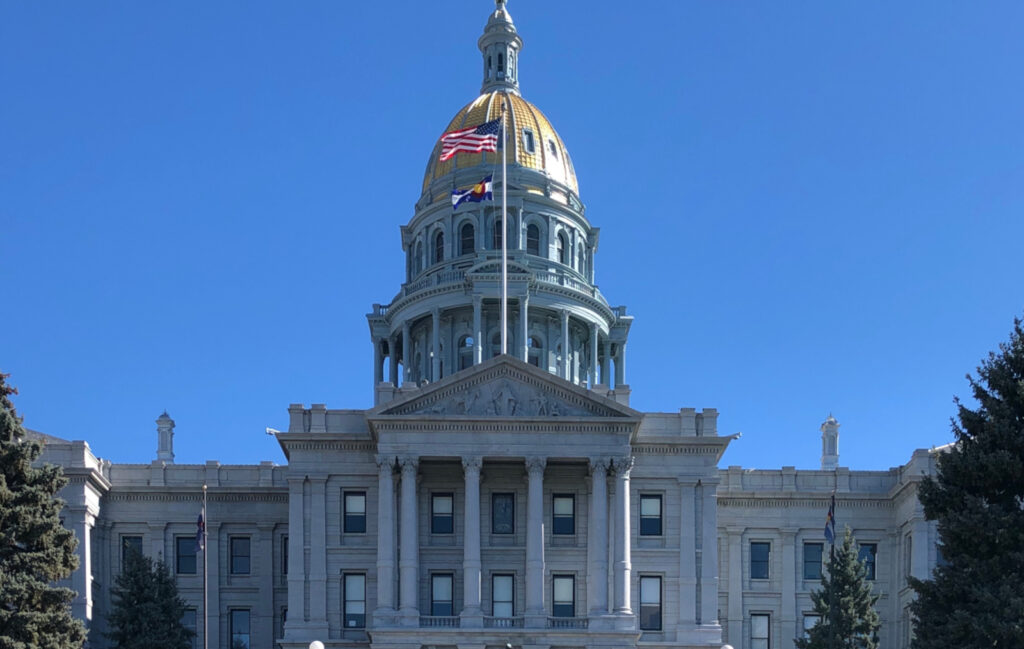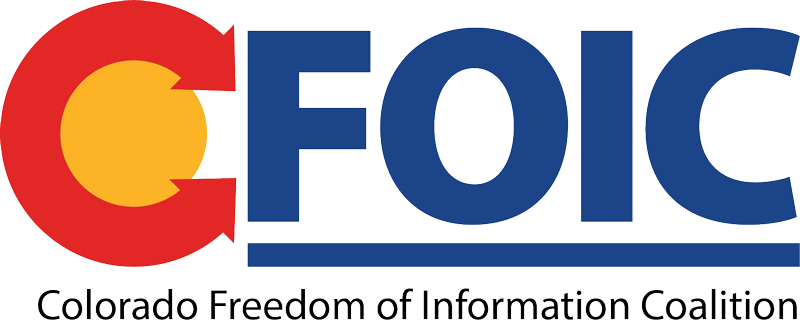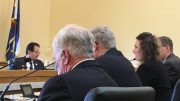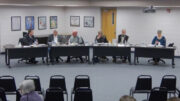By Jeffrey A. Roberts
CFOIC Executive Director
Leaders of the Colorado General Assembly on Tuesday briefly discussed whether legislative committee meetings should be video livestreamed — with two of them expressing doubts about the idea.
“We’ve been set up to do video for a long time now. It’s kind of a question of how we’d do it,” Zack Wimberly, the legislature’s senior IT manager, told members of the Legislative Council Executive Committee.
Wimberly laid out several options for the committee to consider — if it wanted to pursue video livestreaming — such as whether to use YouTube, overlay graphics that identify speakers or “have a human at the controls” like the Colorado Channel’s video coverage of House and Senate floor proceedings.

“If we produce it, how much do we produce it? What does production mean? What are we trying to accomplish?” he added. “… It’s hard for us to come up with a price point to exactly give the committee if we don’t answer some of these questions.”
Only the Colorado and Maine legislatures provide just audio webcasting of some or all committee meetings, according to the National Conference of State Legislatures.
Last September, the Colorado Freedom of Information Coalition reported on efforts by some members of the Colorado Channel Authority Board to get committee meetings video livestreamed. And in December, during a public comment session about changes to the Colorado Open Meetings Law, authority board chair Bart Miller urged the executive committee to take up the matter.
But on Tuesday, only Senate Majority Leader Robert Rodriquez and House Minority Leader Rose Pugliese reacted to Wimberly’s presentation.
“Honestly, at a time when we’re trying to cut costs, I don’t know why increasing costs would even be an option at this point,” said Pugliese, a Colorado Springs Republican. “So I think we just leave it as is — status quo — and maybe investigate it in the future.”
Rodriguez, a Denver Democrat, asked whether committee meetings would be interrupted if technical problems happen with the video. That can happen when there are problems with the current audio webcasting system.
“With more technology there will be, in my experience, more glitches, more delays, longer committee meetings, figuring out what’s wrong with the video,” he said. “So that’s the kind of stuff I see happening.”
Rodriguez also asked whether video livestreaming multiple committees would cause bandwidth issues. “The bandwidth is negligible,” Wimberly said. “With increases in technology, we’re able to increase that bandwidth.”
Audio recording of Colorado legislative floor and committee proceedings began in the 1960s and is mandated by the legislature’s rules. The House started live video coverage of its floor action in 2008 after extensive private fundraising for the effort by then-Speaker Andrew Romanoff. The Senate followed suit in 2010.
The channel authority board contracts with the Open Media Foundation to provide coverage of floor proceedings on Comcast cable channel 165, the Colorado Channel’s website and YouTube, while the Legislative Council staff handles the audio broadcasting and recording of committee work.
Follow the Colorado Freedom of Information Coalition on X (formerly Twitter) @CoFOIC. Like CFOIC’s Facebook page. Do you appreciate the information and resources provided by CFOIC? Please consider making a tax-deductible donation.




